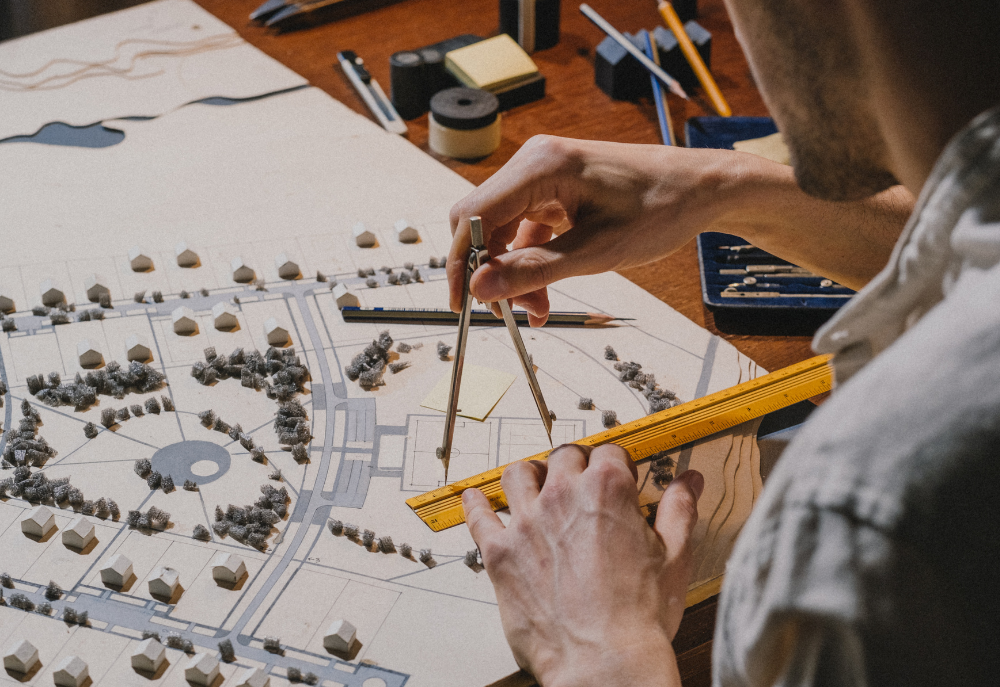In the dynamic world of architecture, your portfolio is more than a collection of projects; it’s a visual narrative of your skills, creativity, and design philosophy. Crafting an impressive architectural portfolio is crucial for leaving a lasting impression on potential employers or clients. In this guide, we’ll explore valuable tips to help you create a compelling portfolio that effectively showcases your capabilities and sets you apart in the competitive realm of architecture.
1. Begin with a Strong Introduction: Set the Tone
Start your portfolio with a well-crafted introduction that provides a glimpse into your design philosophy and approach. Use this section to convey your passion for architecture and set the tone for the rest of the portfolio.
2. Curate Thoughtfully: Quality Over Quantity
While it may be tempting to include every project you’ve ever worked on, it’s essential to curate your portfolio thoughtfully. Focus on quality over quantity, selecting projects that best highlight your skills, creativity, and the range of your architectural expertise.
3. Organize by Theme or Chronology: Enhance Cohesiveness
Consider organizing your portfolio either thematically or chronologically to enhance cohesion. Thematic organization allows you to showcase projects with similar design elements, while chronological order can highlight your growth and evolution as an architect.
4. Project Descriptions: Tell the Story Behind Each Design
Accompany each project with a detailed description that goes beyond the visuals. Explain the design concept, challenges faced, and innovative solutions employed. Providing context allows viewers to understand the thoughts and processes behind each project.
5. Highlight Diverse Skills: Showcase Versatility
Demonstrate your versatility by including a variety of project types and scales. Whether it’s residential, commercial, or urban planning, showcasing a diverse range of skills illustrates your ability to adapt to different challenges and design requirements.
6. Quality Visuals: Invest in Professional Photography
Investing in professional photography is non-negotiable. High-quality visuals not only capture the essence of your designs but also reflect your commitment to excellence. Ensure that images are well-lit, focused, and showcase key aspects of each project.
7. Incorporate Sketches and Process Work: Showcase Creativity
Don’t shy away from including sketches, concept drawings, and process work in your portfolio. These elements offer a glimpse into your creative process, allowing viewers to appreciate the evolution of your ideas from concept to completion.
8. Interactive Elements: Engage Your Audience
Consider incorporating interactive elements, such as clickable links or QR codes, to provide additional information or access to more extensive project details. This engagement not only enhances the viewer’s experience but also allows for a deeper understanding of your work.
9. Keep it User-Friendly: Prioritize Accessibility
A user-friendly portfolio is crucial. Ensure that your portfolio is easily navigable, with clear sections and an intuitive layout. A well-organized portfolio allows viewers to focus on your work without unnecessary distractions.
10. Stay Updated: Reflect Your Latest Achievements
Regularly update your portfolio to reflect your latest achievements and projects. This not only keeps your body of work current but also demonstrates your continued growth and commitment to staying at the forefront of architectural trends.
Conclusion: Your Portfolio, Your Architectural Identity
Your architectural portfolio is a reflection of your identity as a designer. By implementing these tips, you can create a compelling and impressive portfolio that not only showcases your skills and projects but also communicates your unique design philosophy. Remember, your portfolio is your architectural narrative—make it a story worth telling.




Leave A Comment